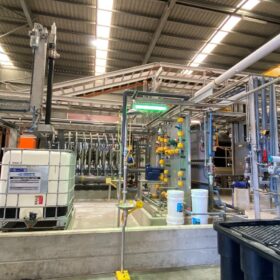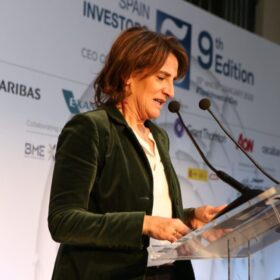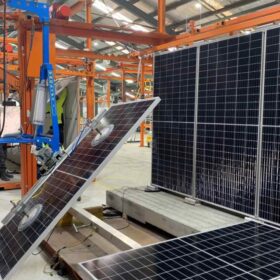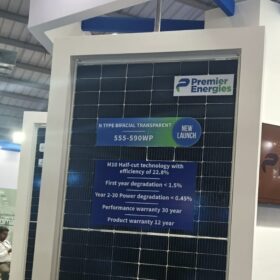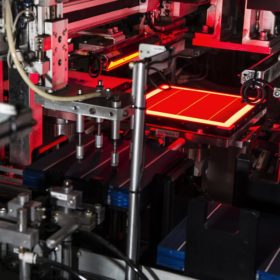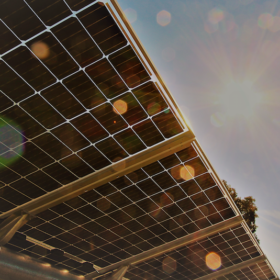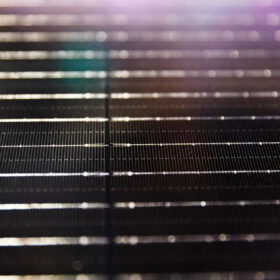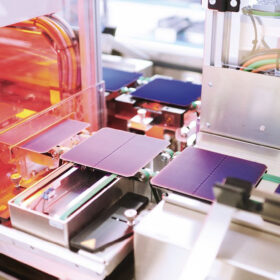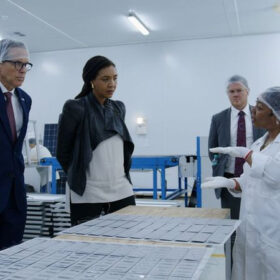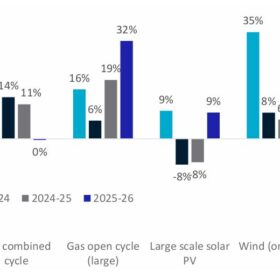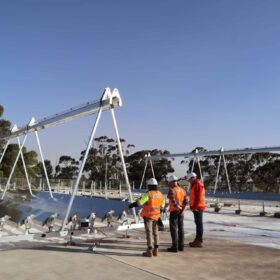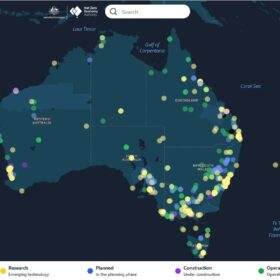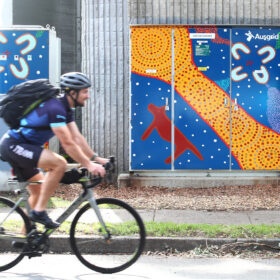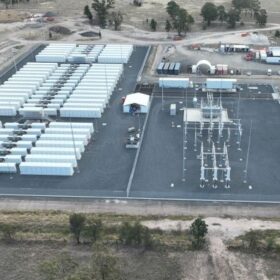Trina releases new version of Vanguard 1P solar tracker
TrinaTracker, a division of Chinese manufacturing giant Trina Solar, says its new Vanguard 1P tracker system has a maximum length of 140 meters and can be equipped with N-type modules.
Vanadium battery players partner on Queensland manufacturing supply chain
Australian minerals company Vecco Group will team with Japanese manufacturer Sumitomo Electric and Idemitsu Australia to build an ‘end-to-end’ manufacturing supply chain for vanadium flow batteries in north Queensland.
Spain announces $1.24 billion incentive scheme for clean-tech manufacturing
Spain’s government has submitted a new incentive scheme to a public consultation. It is designed to support the development of a clean-tech supply chain in the country, including the production of batteries.
NSW announces $275 million in green manufacturing grants
The New South Wales government has launched a $275 million initiative to stimulate local production and manufacturing of renewable energy generation, storage and transmission components as it seeks to deliver on the state’s clean energy ambitions.
Premier Energies unveils 590 W TOPCon bifacial PV modules
Indian manufacturer Premier Energies says its n-type TOPCon bifacial glass-backsheet modules are available in power outputs of 555 W to 590 W, with an efficiency rating of up to 22.83%.
A cell maker’s survival guide
With solar production capacity expansion plans paused, bigger cell makers will weather the storm through a revised approach to new panel technologies. InfoLink’s Alan Tu says that low profits could also drive innovation and cost savings, pushing the industry to new heights.
UNSW research finds high temperatures increase module degradation
A UNSW study has shown that hotter temperatures, as result of climate change, means solar panels are at greater risk of degradation. Prolonged exposure to harsher outdoor conditions increase the cost of solar energy in hotter Australian regions.
‘Sustainable’ module prices unlikely to fall further
PV manufacturing analysis is revealing that module prices can not “sustainably” fall significantly in 2024, without producers selling below cost. UK-based analysts Exawatt delivered the development last week, in a trend being observed by Australian market participants.
Netherlands reveals details of incentive scheme for PV manufacturing
The Dutch government has submitted a public proposal to support the production of heterojunction and perovskite-silicon tandem modules, as well as building- and vehicle-integrated PV panels, with a maximum allocation of €70 million (USD75.1 million) per solar manufacturing project.
Weekend Read: Blackouts trigger a PV pivot
Decades of mismanagement have eroded trust in South Africa’s state-owned energy utility, Eskom. Last year, households and businesses suffered daily blackouts of up to 10 hours, or even longer. Solar and battery energy storage are booming but a domestic PV manufacturing industry has yet to materialize.
